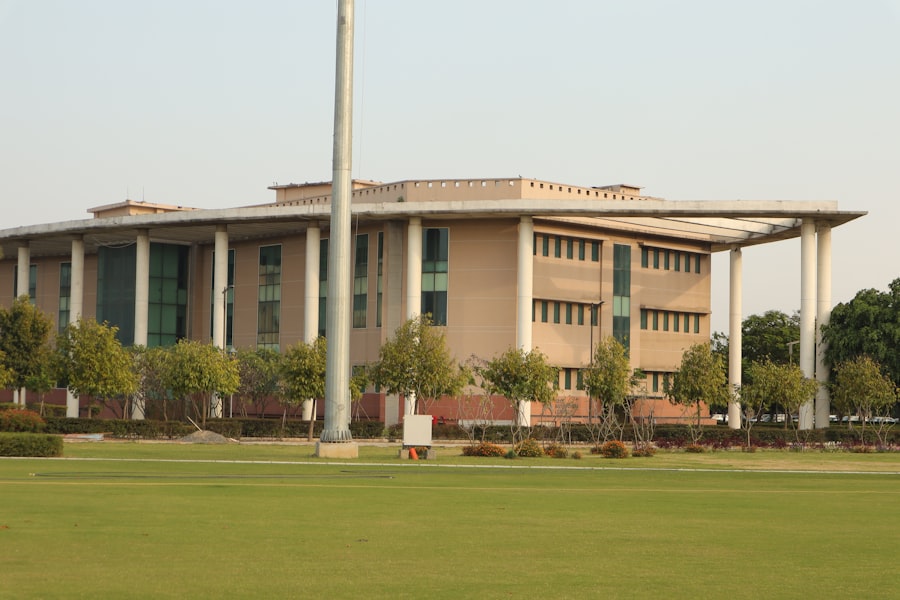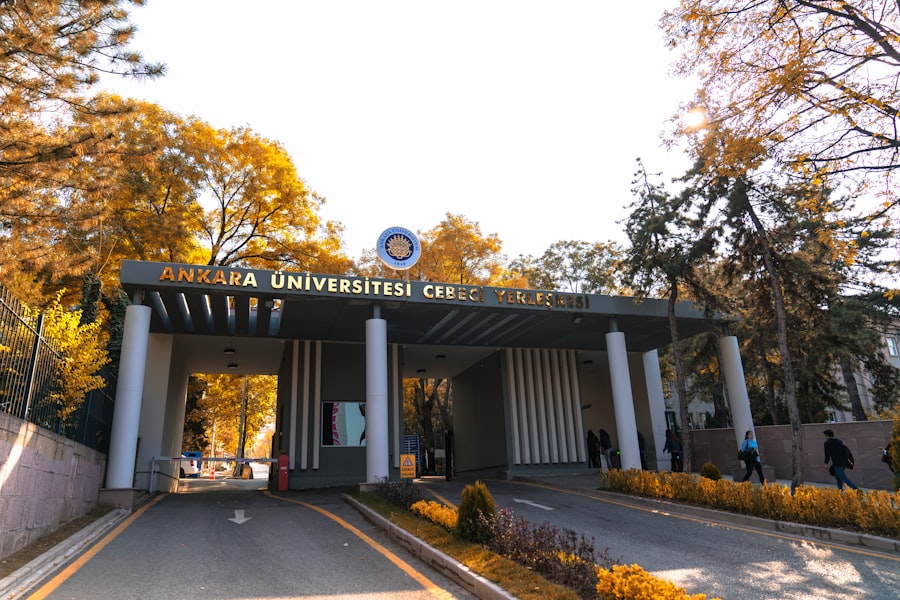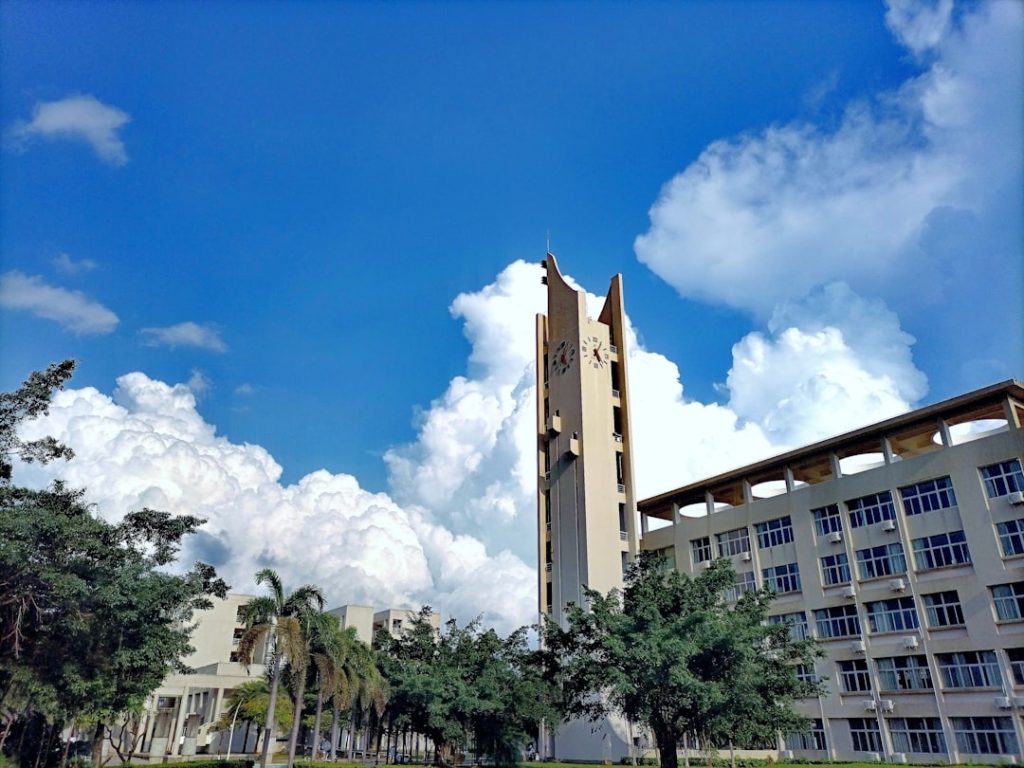Aeronautical engineering is a specialized branch of engineering that focuses on the design, development, testing, and production of aircraft and spacecraft. This field encompasses a wide range of disciplines, including aerodynamics, materials science, structural analysis, propulsion, and avionics. The roots of aeronautical engineering can be traced back to the early 20th century when pioneers like the Wright brothers laid the groundwork for powered flight.
Since then, the discipline has evolved significantly, driven by advancements in technology and an increasing demand for efficient and safe air travel. The significance of aeronautical engineering extends beyond mere aircraft design; it plays a crucial role in shaping the future of transportation and exploration. As global air traffic continues to rise, the need for innovative solutions to enhance safety, reduce environmental impact, and improve fuel efficiency becomes paramount.
Aeronautical engineers are at the forefront of these developments, utilizing their expertise to create cutting-edge technologies that push the boundaries of what is possible in aviation and space exploration.
Key Takeaways
- Aeronautical engineering is essential for designing and improving aircraft and aviation technology.
- Aeronautical engineers play a critical role in ensuring safety, efficiency, and innovation in the aviation industry.
- University programs offer specialized courses covering aerodynamics, propulsion, materials, and avionics.
- Graduates have diverse career opportunities in aerospace companies, defense, research, and government agencies.
- Internship programs and alumni success stories highlight strong industry connections and career support for students.
The Importance of Aeronautical Engineering in Aviation
Aeronautical engineering is integral to the aviation industry, serving as the backbone for the development of commercial and military aircraft. The safety and reliability of air travel hinge on the meticulous work of aeronautical engineers who ensure that every component of an aircraft meets stringent safety standards. From the initial design phase to rigorous testing and certification processes, these engineers are responsible for creating aircraft that can withstand the rigors of flight while providing a safe environment for passengers and crew.
Moreover, aeronautical engineering contributes significantly to advancements in fuel efficiency and environmental sustainability. With growing concerns about climate change and the carbon footprint of air travel, engineers are tasked with developing more efficient engines and lightweight materials that reduce fuel consumption. Innovations such as blended wing body designs and electric propulsion systems are examples of how aeronautical engineers are addressing these challenges.
By focusing on sustainable practices, they are not only enhancing the performance of aircraft but also paving the way for a greener future in aviation.
The Role of Aeronautical Engineers in the Aviation Industry

Aeronautical engineers occupy a variety of roles within the aviation industry, each contributing to different aspects of aircraft development and operation. One primary responsibility is the design and analysis of aircraft structures. Engineers in this area utilize advanced computer-aided design (CAD) software to create detailed models that can be tested for structural integrity under various conditions.
This process involves simulations that predict how an aircraft will behave during flight, ensuring that it can withstand forces such as turbulence and extreme weather. In addition to structural design, aeronautical engineers also focus on propulsion systems, which are critical for an aircraft’s performance. This includes the development of jet engines, propellers, and alternative propulsion technologies.
Engineers work closely with manufacturers to optimize engine efficiency and reduce emissions, often collaborating with teams specializing in thermodynamics and fluid mechanics. Their expertise is essential in ensuring that engines not only perform well but also comply with environmental regulations.
The Curriculum and Courses Offered in Aeronautical Engineering University
| Course Code | Course Title | Credits | Semester | Core/Elective | Description |
|---|---|---|---|---|---|
| AE101 | Introduction to Aeronautical Engineering | 3 | 1 | Core | Overview of aeronautical engineering principles and history. |
| AE102 | Engineering Mathematics | 4 | 1 | Core | Mathematical methods for engineering problem solving. |
| AE201 | Fluid Mechanics | 4 | 2 | Core | Study of fluid properties and fluid flow behavior. |
| AE202 | Thermodynamics | 4 | 2 | Core | Principles of energy, heat, and work in engineering systems. |
| AE301 | Aerodynamics | 3 | 3 | Core | Study of air flow over bodies and aircraft performance. |
| AE302 | Aircraft Structures | 3 | 3 | Core | Analysis of stresses and strains in aircraft components. |
| AE401 | Propulsion Systems | 3 | 4 | Core | Study of aircraft engines and propulsion mechanisms. |
| AE402 | Flight Mechanics and Control | 3 | 4 | Core | Principles of aircraft stability, control, and performance. |
| AE403 | Avionics and Instrumentation | 3 | 4 | Elective | Introduction to aircraft electronic systems and instruments. |
| AE404 | Space Technology | 3 | 4 | Elective | Basics of satellite systems and space vehicle design. |
| AE501 | Aircraft Design Project | 6 | 5 | Core | Capstone project involving design and analysis of an aircraft. |
| AE502 | Advanced Aerodynamics | 3 | 5 | Elective | In-depth study of compressible flow and high-speed aerodynamics. |
The curriculum for aeronautical engineering programs is designed to provide students with a comprehensive understanding of both theoretical concepts and practical applications. Core courses typically include subjects such as fluid dynamics, thermodynamics, materials science, and control systems. These foundational courses equip students with the knowledge necessary to tackle complex engineering problems related to flight.
In addition to core subjects, many universities offer specialized electives that allow students to explore specific areas of interest within aeronautical engineering. For instance, courses in avionics delve into the electronic systems used in aircraft, while those focused on aerospace materials examine advanced composites and their applications in reducing weight without compromising strength. Hands-on laboratory experiences are also integral to the curriculum, enabling students to apply their theoretical knowledge in real-world scenarios through projects and experiments.
Career Opportunities for Aeronautical Engineering Graduates
Graduates with a degree in aeronautical engineering have a wealth of career opportunities available to them across various sectors. Many find employment with major aerospace manufacturers such as Boeing or Airbus, where they contribute to the design and production of commercial aircraft. Others may choose to work for defense contractors like Lockheed Martin or Northrop Grumman, focusing on military aviation technologies.
In addition to traditional roles within manufacturing companies, aeronautical engineers can also pursue careers in research and development. Organizations such as NASA or private space exploration companies like SpaceX offer positions that allow engineers to work on cutting-edge projects related to space travel and exploration. Furthermore, opportunities exist within regulatory agencies like the Federal Aviation Administration (FAA), where engineers help establish safety standards and regulations for the aviation industry.
Internship and Job Placement Programs for Aeronautical Engineering Students

Internships play a crucial role in bridging the gap between academic learning and professional experience for aeronautical engineering students. Many universities have established partnerships with leading aerospace companies that provide students with valuable internship opportunities. These programs allow students to gain hands-on experience while working on real-world projects under the guidance of experienced professionals.
Job placement programs are also an essential component of many aeronautical engineering programs. Universities often host career fairs where students can connect with potential employers, learn about job openings, and participate in interviews. Additionally, career services departments provide resources such as resume workshops and interview preparation sessions to help students present themselves effectively to prospective employers.
This support is invaluable in helping graduates transition smoothly into the workforce.
Research and Innovation in Aeronautical Engineering University
Research is a cornerstone of aeronautical engineering education, fostering innovation and advancing knowledge within the field. Many universities have dedicated research centers focused on various aspects of aerospace technology, where faculty members and students collaborate on groundbreaking projects. These centers often engage in research related to aerodynamics, propulsion systems, materials science, and avionics.
One notable area of research is the development of unmanned aerial vehicles (UAVs) or drones. Researchers are exploring new applications for UAVs in fields such as agriculture, disaster response, and surveillance. By investigating advanced control algorithms and sensor technologies, they aim to enhance the capabilities of these vehicles while ensuring safety and reliability.
Such research not only contributes to academic knowledge but also has practical implications for industries looking to leverage drone technology.
Alumni Success Stories and Testimonials from Aeronautical Engineering Graduates
The success stories of alumni from aeronautical engineering programs serve as inspiring examples for current students considering their future careers. Many graduates have gone on to achieve remarkable feats within the aerospace industry, contributing to significant advancements in technology and innovation. For instance, some alumni have played pivotal roles in developing next-generation aircraft or have been involved in groundbreaking space missions.
Testimonials from graduates often highlight the importance of their education in shaping their careers. Many emphasize how their university experience provided them with not only technical skills but also critical thinking abilities and teamwork experience essential for success in the industry. Alumni frequently express gratitude for the mentorship they received from faculty members who guided them through challenging projects and encouraged them to pursue their passions within aeronautical engineering.
These stories underscore the lasting impact that a solid educational foundation can have on an individual’s professional journey in this dynamic field.




